Sunspots rotating into view, waning CME effects
Saturday, 11 April 2015 16:27 UTC
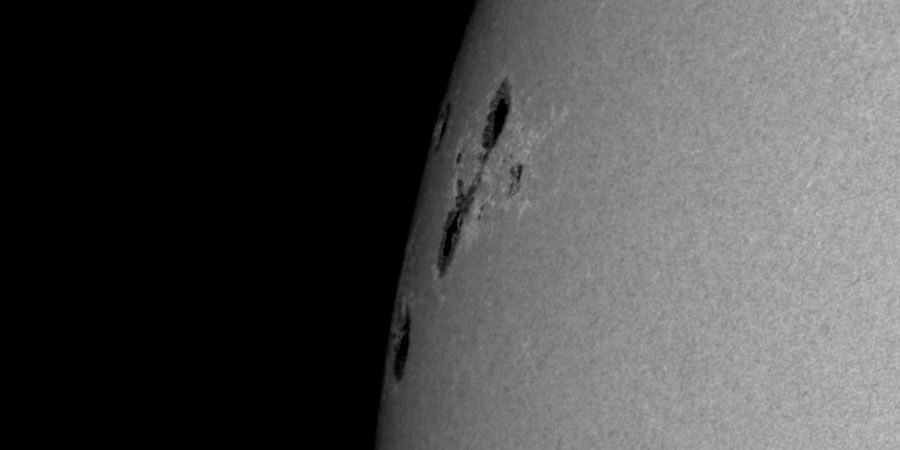
A cluster of moderately large sunspots is now rotating into view on the north-east limb and these sunspots have already been the source of a couple of C-class solar flares during the past 24 hours. It is unclear if these sunspots belong to one large sunspot region or if there are multiple regions close to each other and it is still too early to analyse the magnetic layout of this area as the sunspots are still too close to the limb.
One more thing we should note is that SDO/AIA imagery in the 171 Ångström wavelength reveal that there could be more sunspots hiding just around the limb which have yet to become visible. There are coronal loops visible that look to emerge from a location behind the limb. This could be something to keep an eye on in the days ahead!

Image: SDO/AIA imagery in the 171 Ångström wavelength showing coronal loops at the east limb.
Waning coronal mass ejection effects
Geomagnetic conditions have been active the past 24 hours due to the lingering effects of three minor coronal mass ejection passages. Aurora were again visible at high latitude locations and there has even been a sighting from southern England (Norfolk area) for a brief moment:
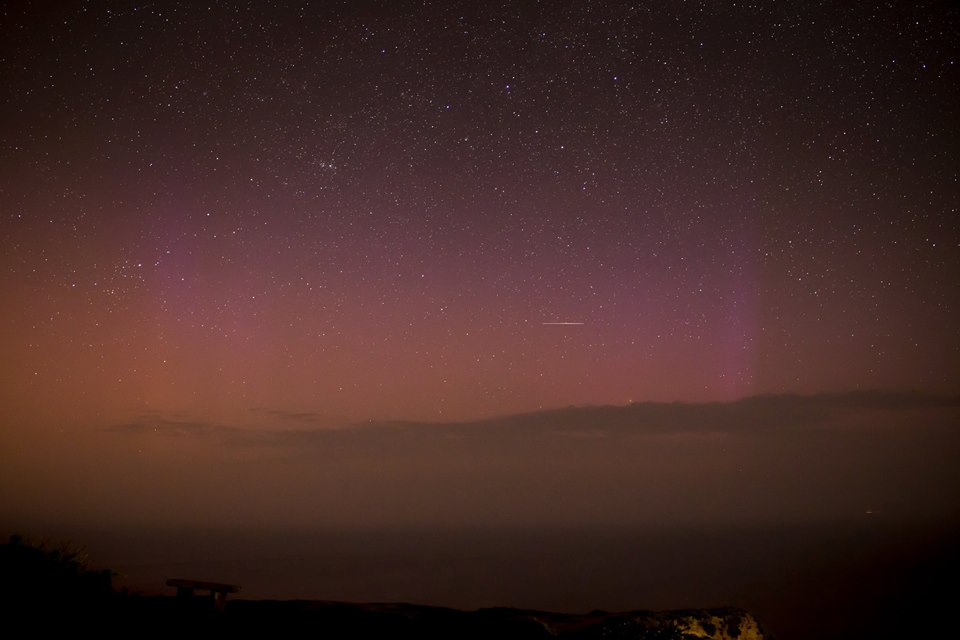
Image: A distant display of the Aurora Borealis was visible this past night from Norfolk, UK by James Rowley-Hill / Aurora UK.
While the solar wind speed and density haven't been very impressive the past 24 hours, the direction of the IMF (Bz) was directed mostly southward during the period and this did trigger enhanced auroral conditions at high latitudes. Keep on reading for some more auroral images captured last night.
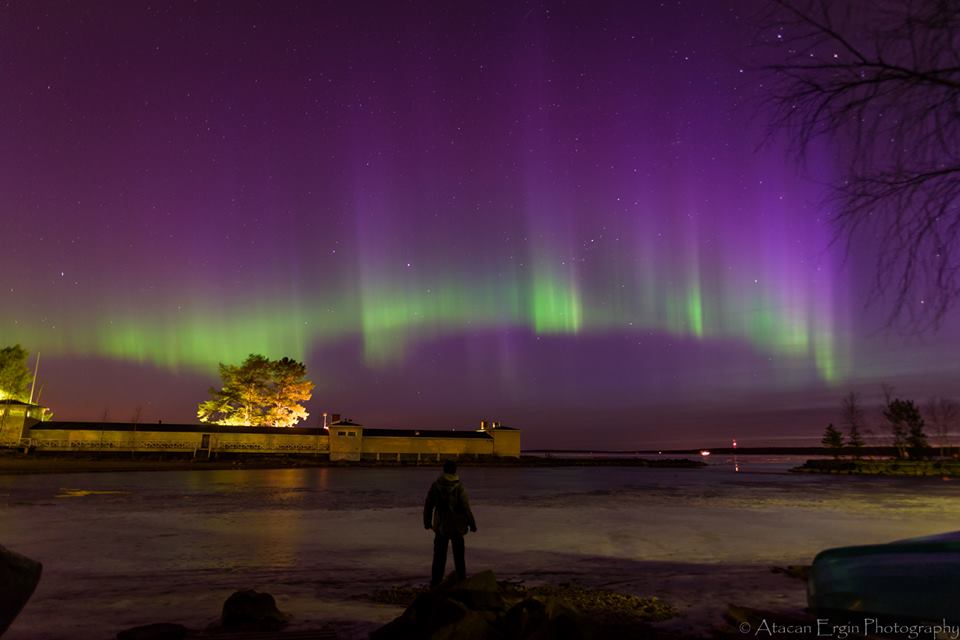
Atacan Ergin Photography (Tampere, Finland)
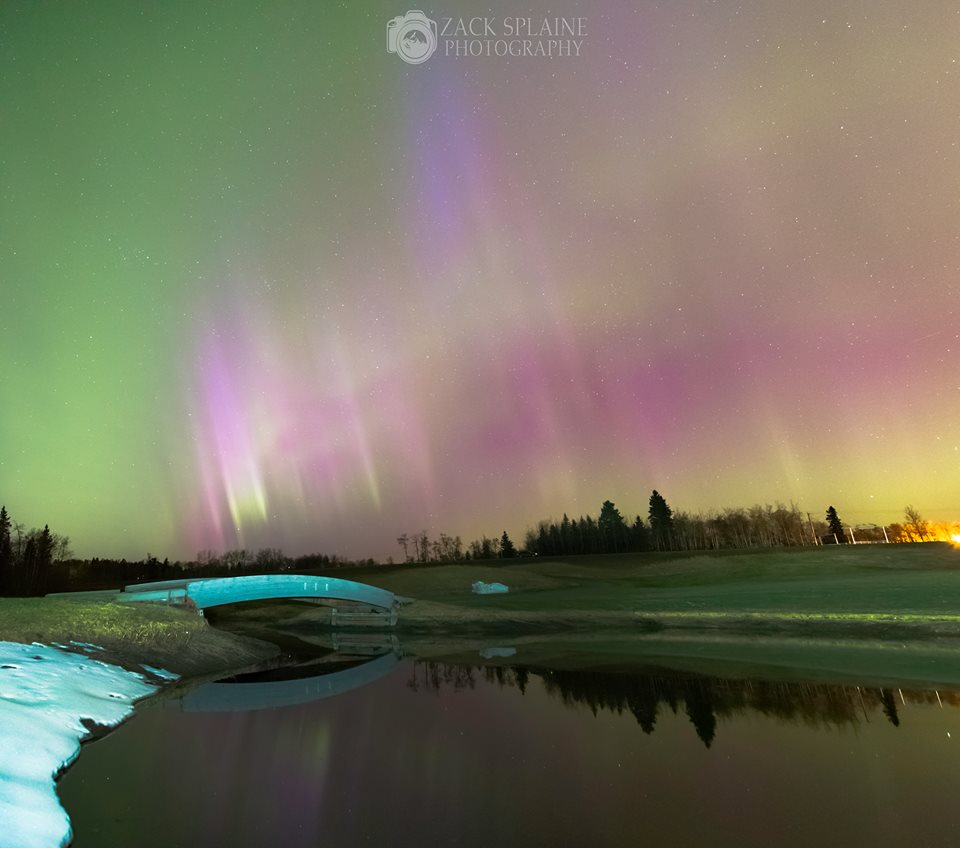
Zack Splaine Photography (Alberta, Canada)
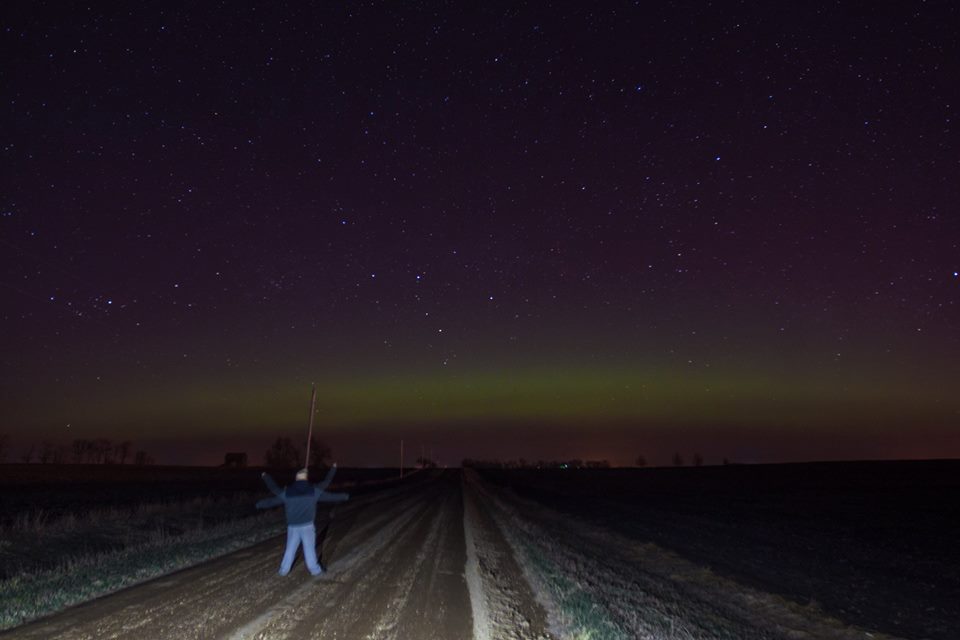
Jon Wood (MN, USA)

Allan Benfell (Dunedin, New Zealand)
Current conditions
CME effects continue to wane and the solar wind/IMF conditions are pretty much back to background levels. High latitude locations could still see an occasional increased auroral displays as our magnetic field remains agitated but we should slowly see a decrease back to quiet geomagnetic conditions in the next 24 hours.
Thank you for reading this article! Did you have any trouble with the technical terms used in this article? Our help section is the place to be where you can find in-depth articles, a FAQ and a list with common abbreviations. Still puzzled? Just post on our forum where we will help you the best we can!
Latest news
Latest forum messages
Support SpaceWeatherLive.com!
A lot of people come to SpaceWeatherLive to follow the Sun's activity or if there is aurora to be seen, but with more traffic comes higher server costs. Consider a donation if you enjoy SpaceWeatherLive so we can keep the website online!

Space weather facts
| Last X-flare | 2025/03/28 | X1.1 |
| Last M-flare | 2025/04/22 | M1.3 |
| Last geomagnetic storm | 2025/04/21 | Kp5+ (G1) |
| Spotless days | |
|---|---|
| Last spotless day | 2022/06/08 |
| Monthly mean Sunspot Number | |
|---|---|
| March 2025 | 134.2 -20.4 |
| April 2025 | 126.5 -7.7 |
| Last 30 days | 124.6 -4.5 |


